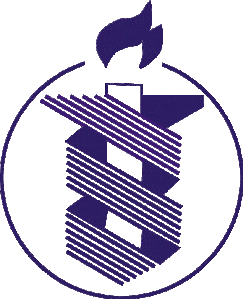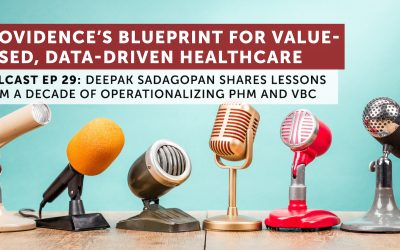
In his post, Halamka lays out the strategy that he and his team intend to follow at BIDMC. Though this post is certainly not as long as the nearly 700pgs of documentation that HHS released, listing 25 key actions that BIDMC will take is quite comprehensive and worthy of reading completely through to th end. While some of their strategic steps will be difficult for other hospitals to follow (e.g. BIDMC’s use of the existing network NEHEN which will help BIDMC meet many meaningful use criteria), the overall plan is worthy of emulation.
Couple of final points:
1) Halamka is speaking from the perspective of a CIO in a major healthcare organization. His plan will not be terribly useful for a small practice or rural hospital that does not have the same resources at its disposal.
2) As part of their plan, BIDMC/Halamka frequently refers to Microsoft’s HealthVault and Google Health as a key part of enabling consumer access to and control of their personal health information (PHI) via use of CCD or CCR standards. It is Chilmark Research’s opinion that to meet meaningful use criteria for consumer access to and control of PHI, practices and hospitals will increasingly enable such functionality through their own gateways to these two Personal Health Platform (PHP) services




Agree. Halamka is clearly worth paying attention to, and for far more important reasons than his work on HITSP (although the latter would suffice on it own).
John is a thinker and a doer. As a CIO he has real responsibilities to make things happen. As a doctor, and a healthcare professional in general, he understands the people and process issues that face the users of what his organization rolls out.
But, beyond all of that, John has an intuitive sense for the semantics of enabling technologies that is rare. He could be the Chief Technology Office (CTO) for any “disruptive” company (in almost any industry) and not miss a beat.
Curious to read your take as to how the new “interim final” (now there’s an oxymoron) missives will or should impact a hospital’s EHR strategy